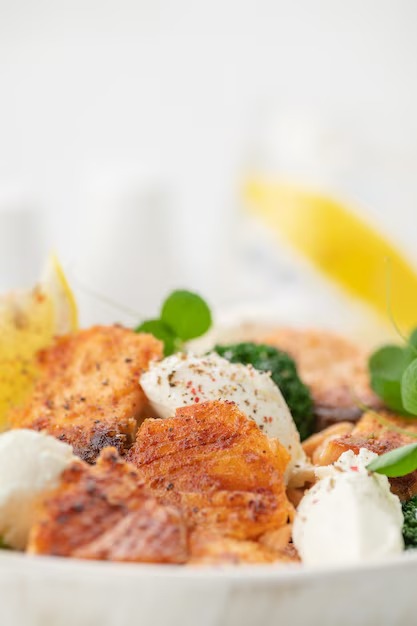The Psychology Behind Garden Choices
Gardens are more than just collections of plants; they are deeply personal spaces that reflect the inner workings of our minds. The choices we make—from the types of flowers we plant to the layout of our outdoor spaces—reveal insights into our personalities, emotions, and even our subconscious desires. This article explores the psychological factors that influence garden decisions and offers actionable guidance for creating a space that resonates with your inner self.
The Connection Between Gardens and Personality
Psychologists have long studied how personal spaces mirror individual traits. Gardens, in particular, serve as extensions of our identities. For example, someone who prefers structured, symmetrical layouts with neatly trimmed hedges may value order and control in their life. On the other hand, a garden filled with wildflowers and meandering paths might belong to a free-spirited individual who embraces spontaneity and creativity.
Color choices also play a significant role. Bright, bold colors like red and yellow often appeal to extroverted personalities who thrive on energy and attention. Softer hues like lavender and pale pink, meanwhile, may attract introverts seeking tranquility and calm. Understanding these connections can help you design a garden that aligns with your temperament and enhances your well-being.
Example: The Minimalist Gardener
Consider a minimalist gardener who opts for a monochromatic palette of whites and greens, paired with clean lines and sparse plantings. This choice likely reflects a preference for simplicity and clarity, both in their environment and their lifestyle. For such individuals, a cluttered or overly ornate garden might feel overwhelming rather than inviting.
The Role of Emotions in Garden Design
Our gardens often serve as emotional sanctuaries, providing a space to process feelings and recharge. The plants and features we choose can either amplify or soothe these emotions. For instance, water features like fountains or ponds are frequently associated with relaxation and introspection, making them popular among those seeking a peaceful retreat.
Similarly, fragrant plants like lavender and jasmine can evoke positive memories and reduce stress, while vibrant blooms like sunflowers and roses might lift spirits and inspire joy. By selecting elements that resonate emotionally, you can create a garden that feels deeply nurturing.
Example: The Healing Garden
A person recovering from a difficult period might design a healing garden filled with plants known for their restorative properties, such as chamomile and echinacea. This intentional choice reflects a desire for renewal and resilience, transforming the garden into a tangible symbol of personal growth.
The Influence of Cultural and Social Factors
Cultural background and social influences also shape garden choices. In some cultures, specific plants hold symbolic meanings that guide their inclusion. For example, cherry blossoms in Japanese gardens represent the fleeting nature of life, while olive trees in Mediterranean gardens symbolize peace and abundance.
Social trends can also play a role. The rise of eco-consciousness has led many gardeners to prioritize native plants and sustainable practices, reflecting a broader commitment to environmental stewardship. By considering these factors, you can create a garden that feels culturally resonant and socially relevant.
Example: The Eco-Friendly Gardener
An eco-friendly gardener might choose drought-resistant plants, compost organic waste, and install rainwater collection systems. These decisions not only reflect personal values but also contribute to a larger movement toward sustainability.
Actionable Guidance for Designing a Meaningful Garden
To create a garden that truly reflects your psychology, start by reflecting on your personality, emotions, and values. Ask yourself: What do I want to feel when I step into my garden? What memories or aspirations do I want it to evoke? Use these insights to guide your plant and design choices.
Experiment with different layouts and elements to see what resonates most. If you’re drawn to order, consider geometric designs and symmetrical plantings. If you crave freedom, opt for a more organic, unstructured approach. Don’t be afraid to incorporate personal touches, such as favorite colors or meaningful plants, to make the space uniquely yours.
Tip: Start Small
If you’re unsure where to begin, start with a small section of your garden. Focus on creating a corner that feels inviting and reflective of your personality. As you gain confidence, you can expand these ideas to the rest of your space.
Conclusion
Your garden is a canvas for self-expression, shaped by the intricate interplay of personality, emotions, and cultural influences. By understanding the psychology behind your choices, you can design a space that not only looks beautiful but also feels deeply meaningful. Whether you’re drawn to vibrant blooms, serene water features, or sustainable practices, your garden can become a reflection of your inner world—a place where you can connect with yourself and the natural environment in profound ways.
Optimizing Your Workflow for Maximum Efficiency
Once you’ve set up your WordPress site, refining your workflow is the next step to ensure smooth operations. Start by organizing your dashboard—pin frequently used plugins, streamline your post categories, and use bookmarks for key admin pages. Tools like task schedulers or editorial calendars can help you stay on top of content deadlines without feeling overwhelmed.
Keyboard shortcuts are another underrated time-saver. For instance, pressing Shift + Alt + M in the block editor instantly inserts an image, while Ctrl + S (or Cmd + S on Mac) quickly saves drafts. Little tricks like these add up, especially when you’re managing multiple posts per week.



